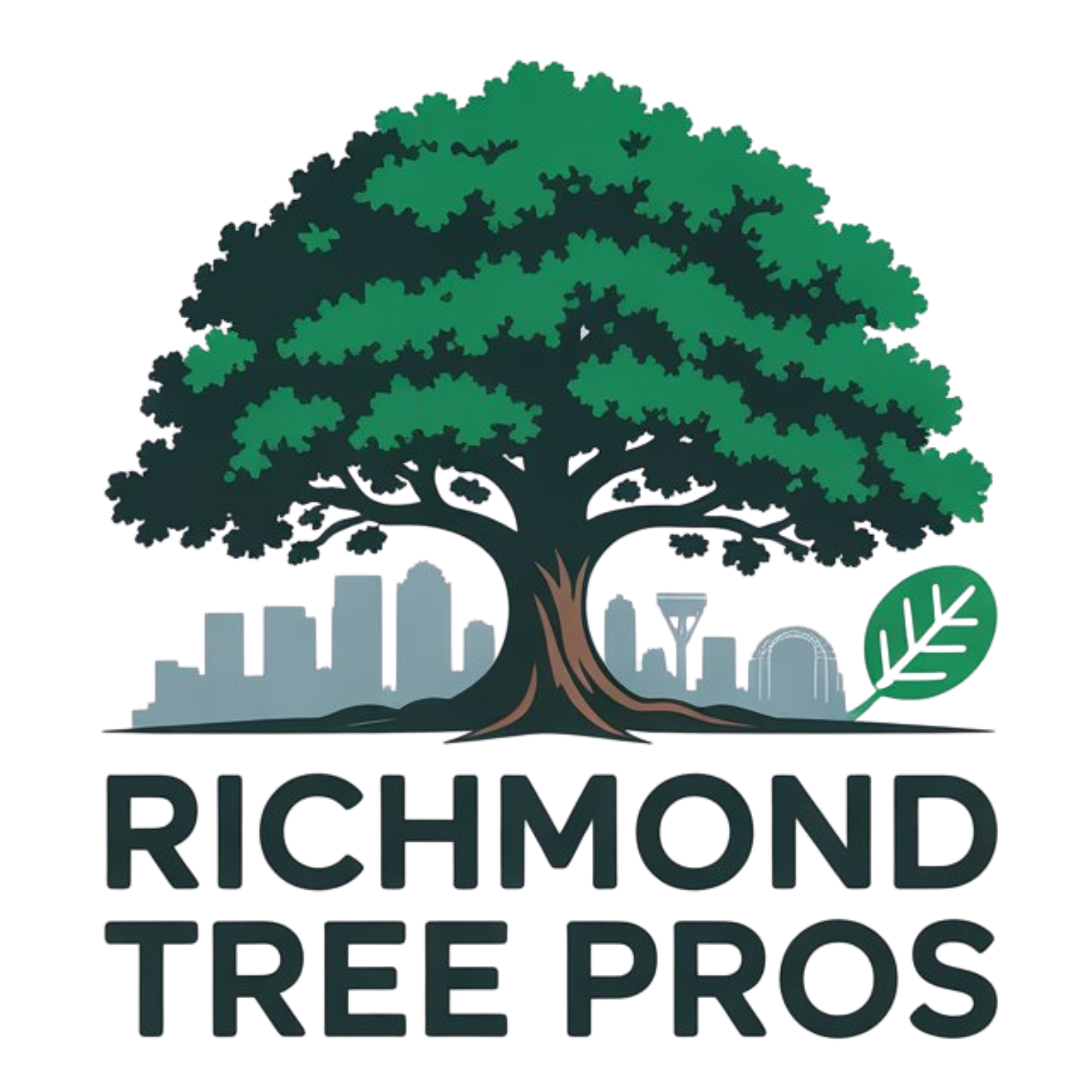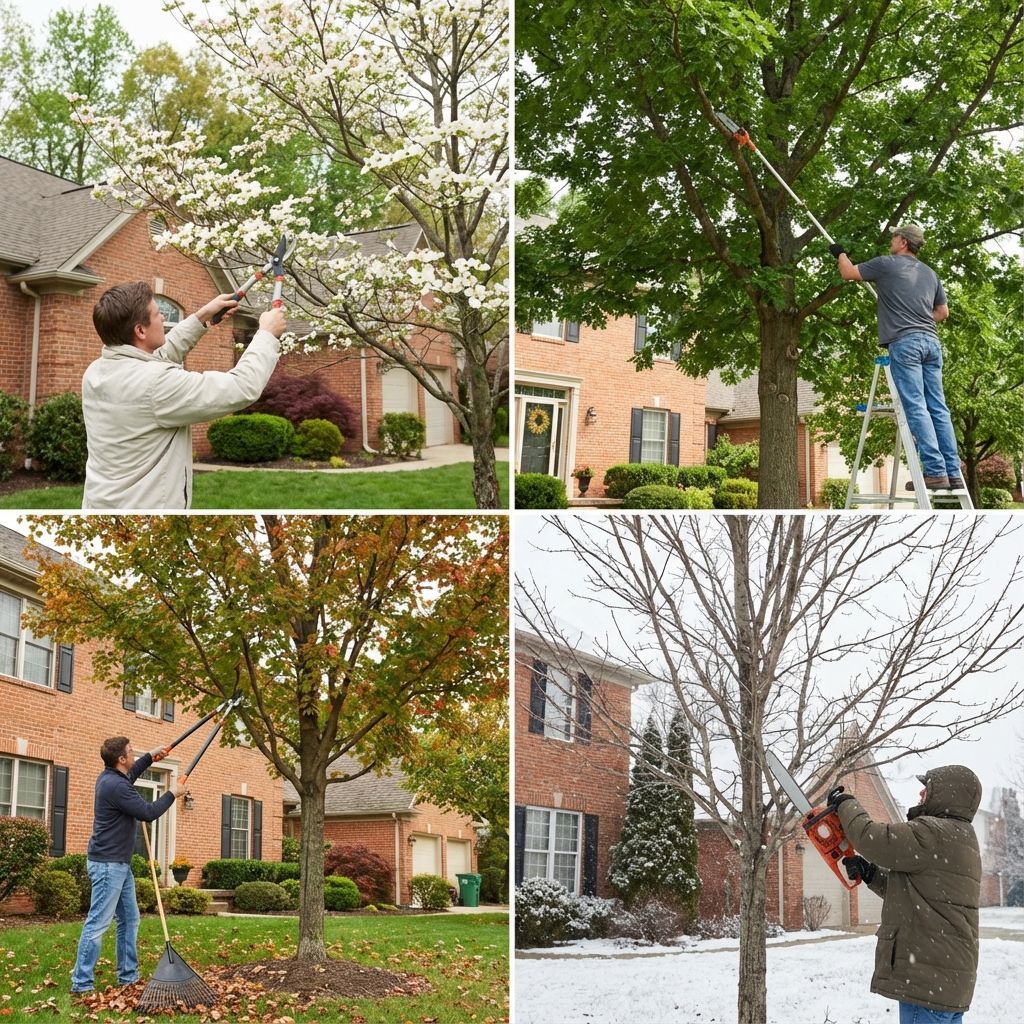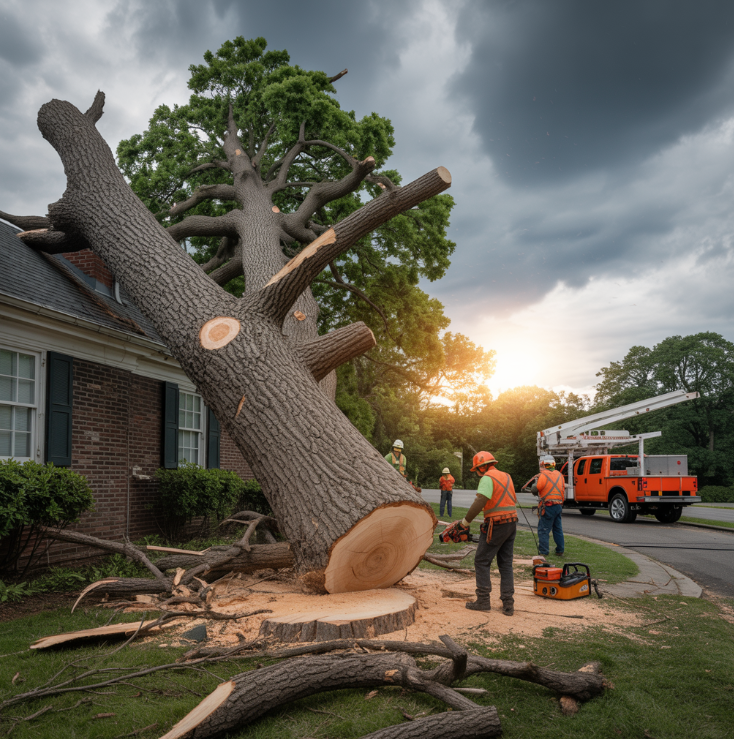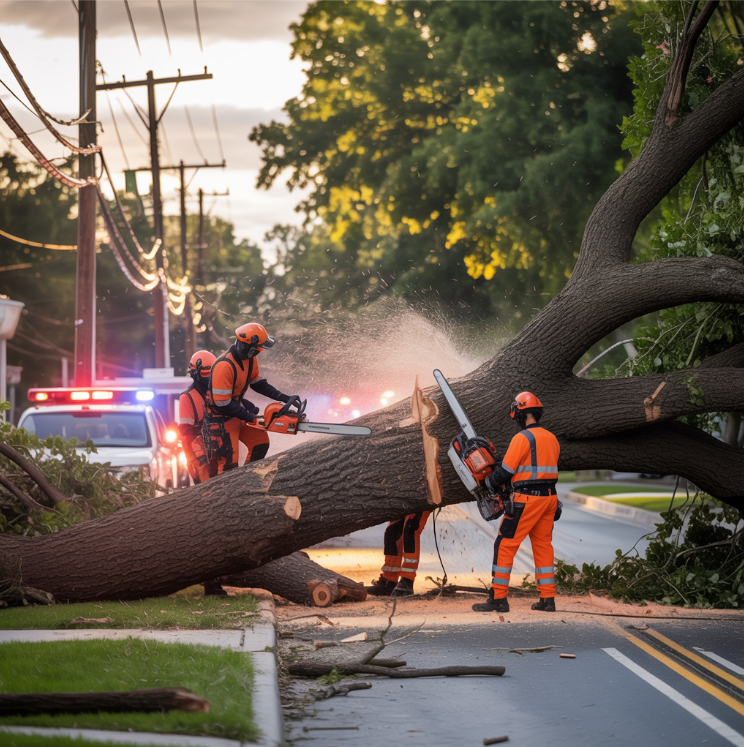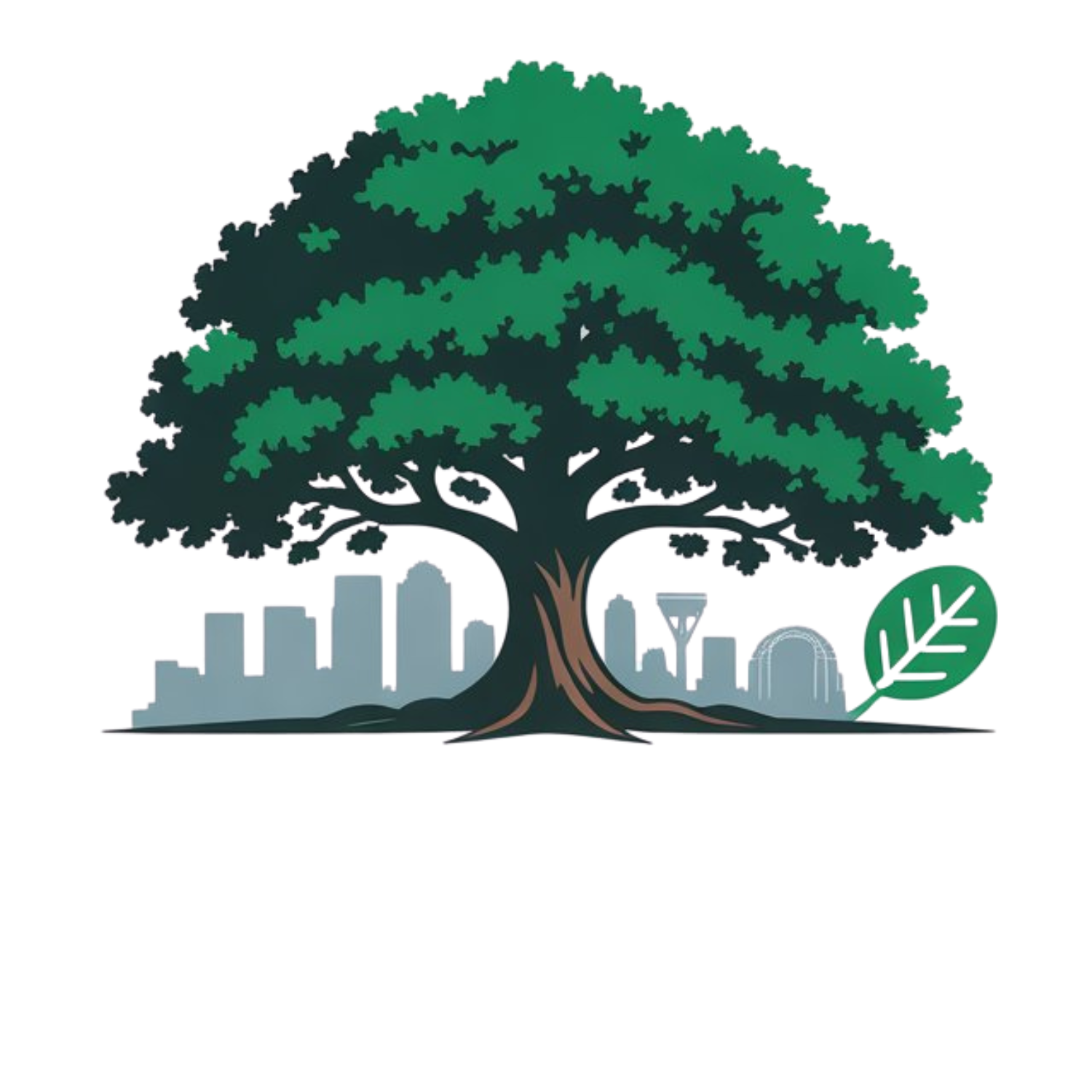When to Remove a Tree: 7 Warning Signs Richmond Homeowners Should Know
When to Remove a Tree: 7 Warning Signs Richmond Homeowners Should Know
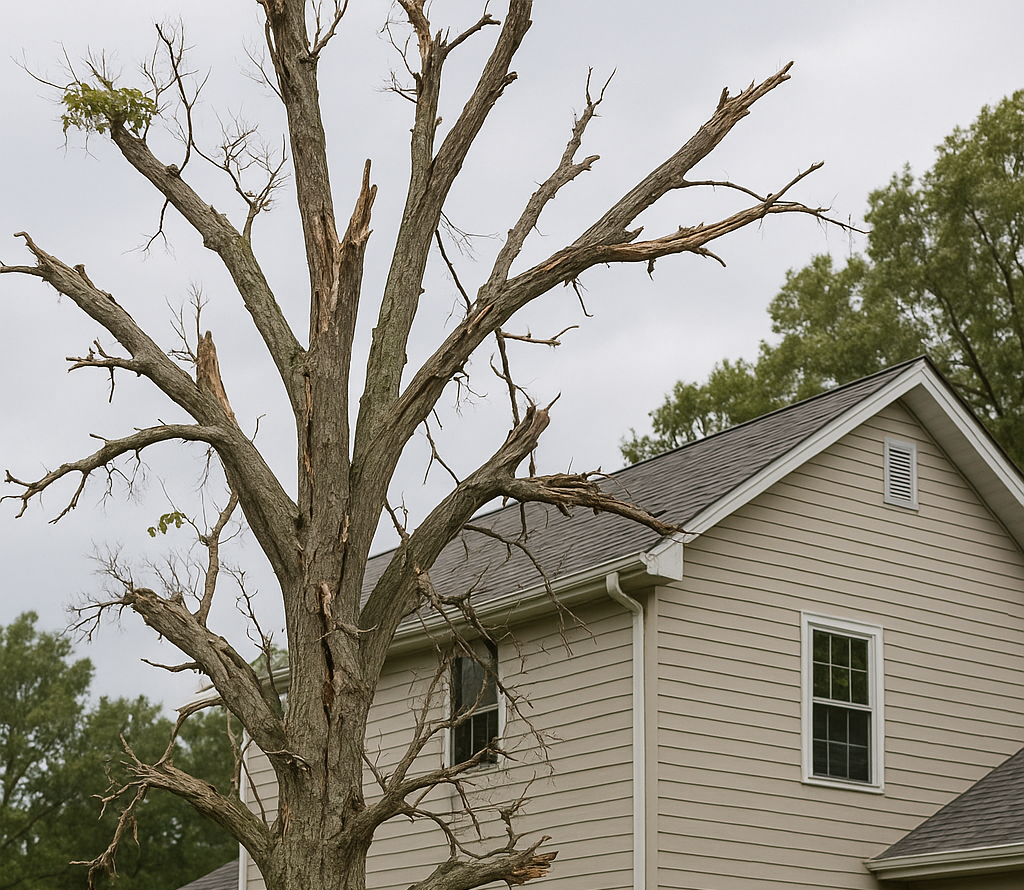
Published by Richmond Tree Pros | Professional Tree Service Richmond, VA
As a Richmond homeowner, your property's mature trees are among your most valuable landscape assets. The towering oaks along Monument Avenue, the stately maples in the Fan District, and the graceful dogwoods throughout Church Hill all contribute to Richmond's renowned beauty and charm. However, knowing when to remove tree Richmond VA properties can mean the difference between protecting your investment and facing costly property damage.
After serving Central Virginia homeowners for over 10 years, our ISA-certified arborists at Richmond Tree Pros have responded to countless emergency calls that could have been prevented with earlier intervention. Here are the seven critical warning signs that indicate it's time for professional tree removal in Richmond.
1. Dead or Dying Trees Present Immediate Danger
Critical Warning Signs:
- No leaf growth during Richmond's growing season (April through September)
- Brittle branches that snap easily during mild weather
- Bark peeling away in large sections, especially on native Virginia species
- Mushroom or fungal growth around the tree base
- Hollow-sounding trunk when tapped
Why Richmond Trees Die: Our region's clay soil, combined with periods of drought followed by heavy rainfall, creates stressful conditions for trees. Common culprits include root rot from poor drainage, heat stress during Richmond's humid summers, and damage from ice storms that frequently impact Central Virginia.
Local Species Most at Risk:
- Bradford Pears: Originally planted throughout Richmond suburbs, these trees have weak branch structure and typically decline after 15-20 years
- Silver Maples: Fast-growing but short-lived, often dying prematurely in Richmond's urban environment
- Pine Trees: Loblolly and Virginia pines stressed by drought or construction damage
A dead tree is unpredictable and can fall without warning, especially during Richmond's severe thunderstorm season.
2. Leaning Trees Spell Trouble
Danger Indicators:
- Sudden lean appearing after storms (common during Richmond's hurricane season)
- Gradual lean that's increased over time
- Exposed or damaged root systems on the leaning side
- Soil mounding or cracking around the base
- Previous "straightening" attempts that have failed
Richmond's Unique Soil Challenge: Our notorious clay soil becomes rock-hard during dry periods and extremely soft when saturated. This cycle weakens root systems, particularly for shallow-rooted species like:
- Willow Oaks: Popular street trees that can develop lean due to restricted root space
- Tulip Poplars: Richmond's state tree, but prone to leaning when grown in less-than-ideal conditions
- Sweet Gums: Common in Richmond neighborhoods but susceptible to wind damage
When Lean Becomes Dangerous: Any tree leaning more than 15 degrees from vertical poses a significant risk. In Richmond's wind-prone environment, leaning trees often fail during summer thunderstorms or winter ice events.
3. Storm Damage Requires Immediate Assessment
Assess After Every Major Richmond Weather Event:
- Hurricane Season (June-November): High winds can split trunks and snap major limbs
- Ice Storms (December-February): Weight of ice can break branches and split tree crowns
- Severe Thunderstorms (Spring/Summer): Straight-line winds and microbursts cause sudden tree failures
- Nor'easters (Winter): Heavy, wet snow combined with wind creates dangerous conditions
Critical Storm Damage Signs:
- Split trunk or co-dominant stems separated
- More than 25% of the tree's branches damaged or broken
- Large limbs hanging precariously over structures
- Root damage from saturated soil and strong winds
- Lightning strike damage (surprisingly common in Richmond's flat terrain)
Richmond-Specific Storm Risks: Our location at the fall line makes Richmond susceptible to both coastal storms moving inland and severe weather from the west. Trees already stressed by urban conditions are particularly vulnerable during these events.
4. Disease and Pest Infestations Threaten Tree Health
Common Richmond Tree Diseases:
Oak Wilt (Affecting Richmond's Abundant Oak Population):
- Rapid leaf browning starting at edges
- Defoliation beginning at tree crown
- Most dangerous to Red Oaks, which can die within weeks
- Common in areas like Windsor Farms and Westover Hills where oaks dominate
Dogwood Anthracnose (Richmond's Beloved Flowering Dogwoods):
- Brown spots on leaves and flowers
- Branch dieback starting in lower canopy
- Particularly problematic in shaded areas like Forest Hill and Maymont parks
Emerald Ash Borer (Devastating Richmond's Ash Trees):
- D-shaped exit holes in bark
- Serpentine galleries under bark
- Crown dieback and epicormic sprouting
- Has killed thousands of ash trees throughout Richmond metro area
Pine Bark Beetle Infestations:
- Pitch tubes on trunk (small, popcorn-like resin masses)
- Reddish boring dust around tree base
- Affects stressed pines common in Richmond's sandy soils
Early Removal Prevents Spread: Diseased trees not only pose safety risks but can infect healthy trees throughout your neighborhood. In Richmond's dense urban canopy, disease spreads rapidly between properties.
5. Structural Problems Compromise Tree Integrity
Dangerous Structural Issues:
Hollow Trunks:
- Sound hollow when struck with rubber mallet
- Visible cavities or openings in trunk
- Common in older oaks and maples throughout historic Richmond neighborhoods
Weak Branch Attachments:
- Co-dominant stems with included bark (V-shaped rather than U-shaped attachments)
- Previous storm damage that wasn't properly addressed
- Multiple trunks competing for dominance
Root Problems:
- Girdling roots choking the trunk
- Construction damage to root systems (common with Richmond's ongoing development)
- Root rot from poor drainage in clay soils
Previous Poor Pruning: Many Richmond trees show evidence of "topping" or other improper pruning that creates weak regrowth and structural problems years later.
6. Root System Failures
Signs of Root Problems:
Above-Ground Indicators:
- Fungal growth (mushrooms) around tree base
- Soil heaving or mounding on one side
- Recent construction damage within tree's drip line
- Severe soil compaction from foot traffic or vehicles
Property Damage Symptoms:
- Cracked or lifting sidewalks (common along Richmond's tree-lined streets)
- Foundation damage to homes
- Broken water or sewer lines
- Driveway upheaval
Richmond's Clay Soil Complications: Our heavy clay soil doesn't drain well, leading to root rot during wet periods and extreme drying during droughts. This cycle weakens root systems and makes trees unstable.
Species Particularly Susceptible:
- Silver Maples: Aggressive surface roots that damage infrastructure
- Willow Oaks: Shallow root systems vulnerable in clay soil
- Bradford Pears: Poor root structure that fails in Richmond's soil conditions
7. Proximity Hazards Require Action
Immediate Removal Necessary When:
Power Line Interference:
- Branches touching or growing toward electrical lines
- Trees that could contact lines if they fall
- Species prone to branch failure near utilities (particularly important given Richmond's overhead power infrastructure)
Structural Threats:
- Trees overhanging homes, especially older Richmond houses with slate or tile roofs
- Large trees threatening garages, sheds, or other structures
- Trees blocking emergency access routes
Construction Conflicts:
- Trees interfering with planned home additions or renovations
- Root systems threatening foundation work
- Trees that must be removed for new driveways or hardscaping projects
When to Call Richmond Tree Pros for Emergency Removal
Don't Wait - Call Immediately If:
- Tree is leaning toward your house after a storm
- Large branches are hanging and could fall
- You notice sudden changes in tree structure
- Mushrooms appear around the tree base
- The tree shows multiple warning signs
Our Richmond Emergency Tree Removal Service:
- 24/7 Availability: Storm damage doesn't wait for business hours
- Same-Day Response: We prioritize dangerous tree situations
- Full Insurance Coverage: Protecting your property during removal
- Complete Cleanup: We handle debris removal and site restoration
- City Permit Assistance: We manage Richmond's tree removal permit requirements when needed
Richmond Tree Species Requiring Special Attention
High-Risk Species Common in Richmond:
- Bradford Pears: Weak wood, prone to splitting (planted extensively in 1980s-90s developments)
- Silver Maples: Fast-growing but short-lived, brittle wood
- Pine Trees: Drought stress and beetle damage increasingly common
- Ash Trees: Emerald Ash Borer has made most ash trees candidates for removal
- Older Oaks: While long-lived, oaks over 100 years old require regular assessment
Species That Age Well in Richmond:
- Southern Magnolias: Generally stable if properly maintained
- Red Oaks: More resistant to oak wilt than white oaks
- Bald Cypress: Excellent choice for Richmond's wet/dry cycles
- Native Dogwoods: When healthy, typically stable small trees
The Cost of Waiting Too Long
Emergency Removal Costs More:
- Weekend and holiday service premiums
- Additional equipment needed for dangerous removals
- Property damage repair costs
- Potential insurance complications
Property Value Impact: Well-maintained trees add significant value to Richmond properties, but dangerous or dead trees can decrease home values and create liability issues.
Richmond's Tree Removal Permit Requirements
When Permits Are Required:
- Trees over 8 inches diameter in the Fan District and other historic areas
- Street trees throughout Richmond
- Trees in certain zoning districts
We Handle the Paperwork: Richmond Tree Pros manages permit applications and works with the city to ensure compliance with all local ordinances.
Don't Wait Until It's Too Late
If you've noticed any of these warning signs on your Richmond property, don't risk waiting for the next storm. Our ISA-certified arborists provide comprehensive tree assessments and safe, professional removal services throughout Central Virginia.
⚡ Available 24/7 for Emergency Tree Removal 🏠 Serving Richmond, Henrico, Chesterfield, and surrounding areas
Free Services We Provide:
- Emergency tree risk assessments
- Written estimates for removal costs
- Insurance documentation assistance
- Richmond permit application support
Protect Your Richmond Property Today
With over 10 years of experience serving Central Virginia, Richmond Tree Pros understands the unique challenges Richmond's trees face. From the clay soil conditions to our severe weather patterns, we know when to remove tree Richmond VA properties safely and efficiently.
Our Certified Services Include:
- Emergency tree removal (24/7)
- Professional tree trimming and pruning
- Stump grinding and removal
- Storm damage cleanup
- Tree health assessments
Why Richmond Homeowners Choose Us:
- ISA-certified arborists on every job
- Full insurance and bonding
- Same-day service availability
- Complete property protection during removal
- 4.9-star rating with 50+ local reviews
Don't let a dangerous tree threaten your family's safety or your property investment. Contact Richmond Tree Pros today for a free assessment of any concerning trees on your Richmond area property.
Richmond Tree Pros has been the trusted choice for tree removal, trimming, and emergency services throughout Richmond, VA since 2013. Our certified arborists combine local expertise with professional training to keep Central Virginia properties safe and beautiful.
Service Areas: Richmond City, Henrico County (Short Pump, Glen Allen, Sandston), Chesterfield County (Midlothian, Bon Air, Woodlake), Hanover County (Mechanicsville, Ashland), and surrounding Central Virginia communities.
